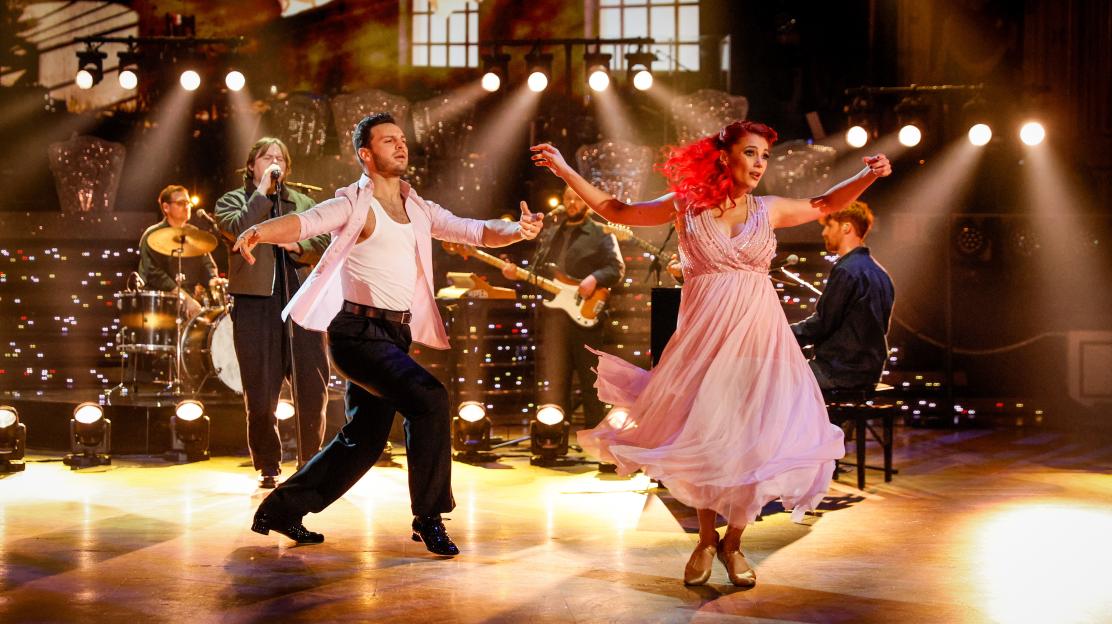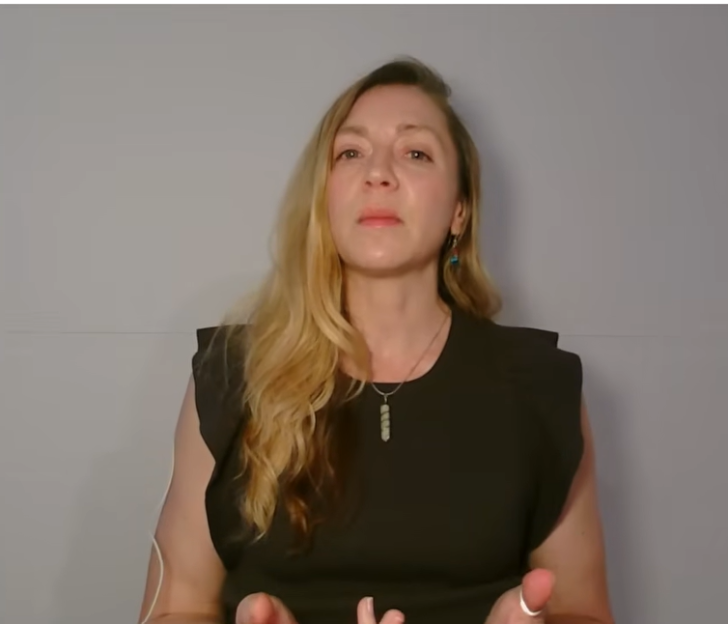"Decoding Your Pet's Behavior: What Cat Drive-Bys, Dog Tail Wags, and Rabbit 'Sploots' Really Mean"
Published on November 23, 2025 at 10:54 PM
Estimated Read Time:
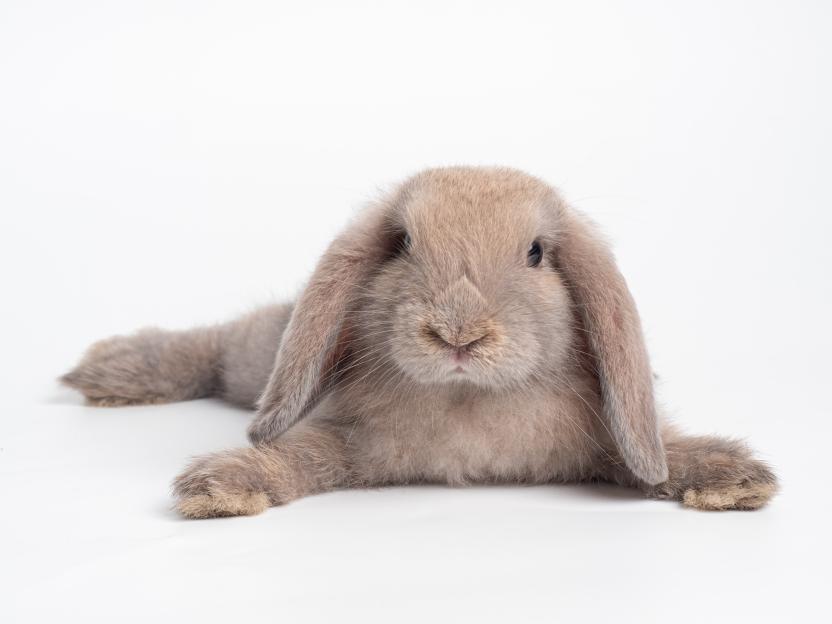
HAVE you ever stared at your cat or dog in despair, sure it’s trying to tell you something but clueless as to what?
Author Amelia Thomas may have the answer.
 What is your pet rabbit trying to tell you?Credit: Getty
What is your pet rabbit trying to tell you?Credit: Getty
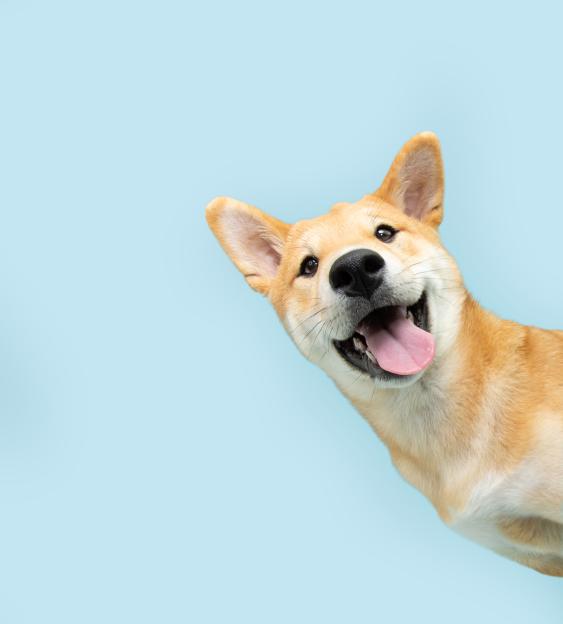 Read on to learn how your dog is trying to communicate with youCredit: Getty
Read on to learn how your dog is trying to communicate with youCredit: Getty
She’s spent years quizzing behaviourists, anthrozoologists, trackers, psychics and psychologists, and now her , What Sheep Think About The Weather, aims to explain what animals are trying to say.
Here are her tips for doing a Doctor Dolittle and understanding your .
DOGS: Watch the wag! Scientists found happy wag their tails to the right, while anxious dogs wag left.
If yours wags left, check to see what might be worrying it.
Follow the gaze. Your dog might be trying to show you something by signalling very subtly with its eyes.
Dogs also frequently look away when stressed out by someone or something, to try to de-escalate a tense situation.
Check you’re doing as much listening as telling.
Humans can get wrapped up in our “sits” and “stays” and forget to listen.
CATS: Notice the “slow blink”, or eye-squeeze. tell humans they feel safe in their presence by slowly squeezing their eyes shut.
Try returning the compliment by doing it back.
Accept a “drive-by”.
As your cat approaches you, see if it prefers a quick rub against your arm or legs to being stroked or picked up.
Many cats would rather show affection with these quick, repeatable greetings.
Though a gently waving tail is usually a sign of curiosity, a quick swish can often mean irritation.
Similarly, flattened “aeroplane” ears might mean nervous- ness, whereas a cat’s ears pressed back flat indicates anger.
SMALLER PETS: A happy bunny is a splooting bunny.
If your rabbit stretches out on its tummy, hind legs extended, this posture — known as a “sploot” — shows it is relaxed.
Your hamster may tell you it trusts you by licking your hand, grooming itself in your presence, not struggling if you pick it up, and by making a soft, slow clicking noise known as “bruxing” when you stroke it.
Parrots and parakeets display their friendship through “parallel activity”, grooming, eating or exploring together.
Your budgie might show it likes you by mimicking your movements — try copying it in return and see what happens.
FARMYARD ANIMALS: To connect with sheep on a countryside walk, harness their interest. Get low, get quiet and wait.
Their natural curiosity will often get the better of them, and they will approach to see who or what you are.
To get a cow to like you, try singing to her.
Research shows that cows who are played music produce more milk, suggesting tunes relax them.
Notice, too, if a cow who approaches you at a gate wants you to scratch her neck or ears — places that they find hard to reach themselves.
But for safety, do stay on the other side of the fence.
- What Sheep Think About The Weather, by Amelia Thomas (Elliott & Thompson) is out now,
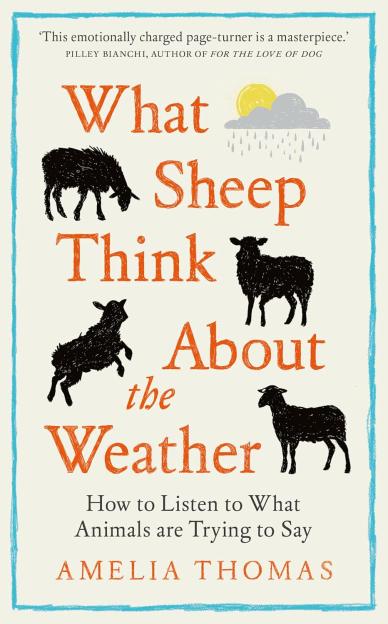 What Sheep Think About The Weather, by Amelia Thomas (Elliott & Thompson) is out nowCredit: Supplied
What Sheep Think About The Weather, by Amelia Thomas (Elliott & Thompson) is out nowCredit: Supplied 

